INTERNATIONAL SURREALISM NOW 2021
11th ANNIVERSARY Exhibition
11 YEARS of the International Surrealism Now Exhibition at CAE.
125 participant artists from 52 countries - May 5 to July 11 of 2021
125 participant artists from 52 countries: Albania, Algeria, Argentina, Australia, Austria, Azerbaijan, Belarus, Belgium, Brazil, Canada, Chile, China, Colombia, Croatia, Czech Republic, Cuba, Denmark, Finland, France, Germany, Hungary, Iceland, Indonesia, Iran, Ireland, Israel, Italy, Japan, Latvia, Mexico, Morocco, Netherlands, New Zealand, Nigeria, Peru, Philippines, Poland, Portugal, Romania, Russia, Serbia, Slovenia, Spain, Sweden, Switzerland, Turkey, United Kingdom, United States, Ukraine, Venezuela, Vietnam, India.
The initiative comes from the company MatosCar, an automotive group present in the Portuguese cities of Guarda, Fundão, Castelo Branco, Portalegre, Évora and Beja. Official representatives of 24 brands.
The Arts and Entertainment Center (CAE) was opened in 2002. Large cultural structure (2 200 and 800 seat auditoriums - outdoor amphitheater, foyer, breakout rooms, studios, 4 exhibition halls) was thought of as a centrality with European Community funds and its programming tends to go through major national and international shows and this structure is also linked to other programming centers and events, in an anchor logic that disperses without losing continuity.
Centro de Artes e Espectáculos - Rua Abade Pedro 3080-084 Figueira da Foz
Tel: 233 407 200 Fax: 233 407 209
My Artwork with INTERNATIONAL SURREALISM NOW
Participating Artists:
Achraf Baznani, Morocco / Agim Meta, Albania-Spain / Aissa Mammasse, Algeria / Alessio Serpetti, Italy / Alvaro Mejias, Venezuela / Ana Neamu, Romania / Ana Pilar Morales, Spain / Andrew Baines, Australia / Asier Guerrero Rico (Dio), Spain / Axel Blotevogel, Germany / Brigid Marlin, UK / Bien Banez, Philippines / Can Emed, Turkey / Carlos Sablón, Cuba / Cătălin Precup, Romania / Chuang Chih Hui, China Taiwan / Cristian Townsend, Australia / Conor Walton, Ireland / Cynthia Tom, China / USA / Dag Samsund, Denmark / Daila Lupo, Italy / Dan Neamu, Romania / Daniel Chiriac, Romania / Daniel Hanequand, France / Canada / Daniele Gori, Italy / Delphine Cencig, France / Dean Fleming, USA / Domen Lo, Slovenia / Edgar Invoker, Russia / Efrat Cybulkiewicz, Venezuela / Egill Eibsen, Iceland / Erik Heyninck, Belgium / Ettore Aldo Del Vigo, Italy / Fabrizio Riccardi, Italy / Farhad Jafari, Iran / France Garrido, USA / Francisco Urbano, Portugal / Gabriele Esau, Germany / Genesis Cabrera, USA / Graça Bordalo Pinheiro, Portugal / Graszka Paulska, Poland / Gromyko Semper, Philippines / Gyuri Lohmuller, Romania / Hector Pineda, Mexico / Hector Toro, Colombia / Henrietta Kozica, Sweden / Hugues Gillet, France / Isabel Meyrelles, Portugal / Iwasaki Nagi, Japan / James Skelton, UK / Jay Garfinkle, USA / Jay Paul Vonkoffler, American / Argentine / Jimah St, Nigeria / Joanna Budzyńska-Sycz, Poland / João Duarte, Portugal / Keith Wigdor, USA / Leo Wijnhoven, Netherlands / Leo Plaw, Germany / Liba WS, France / Lubomír Štícha, Republic Czech / Ludgero Rolo, Portugal / Lv Shang, China / Maarten Vet, Netherlands / Maciej Hoffman, Poland / Magi Calhoun, USA / Marnie Pitts, UK / Maria Aristova, Russia / Mario Devcic, Croatia / Martina Hoffman, Germany / Mathias Böhm, Germany / Mehriban Efendi, Azerbaijan / Naiker Roman, Cuba / Spain / Nazareno Stanislau, Brazil / Nikolina Petolas, Croatia / Octavian Florescu, Canada / Ofelia Hutul, Romania / Oleg Korolev, Russia / Olesya Novik, Russia / Olga Spiegel, USA / Otto Rapp, Austria / Paula Rosa, Portugal / Paulo Cunha, Canada / Pavlina Boroshova, Switzerland-Germany / Pedro Diaz Cartes, Chile / Penny Golledge, UK / Peter MC LANE, France / Philippe Pelletier, France / Radhika Menon, India / Richard Shannon, USA / Roch Fautch, USA / Rodica Miller, USA / Ruben Cukier, Argentine / Israeli / Rudolf Boelee, New Zealand / Russbelt Guerra, Peru / Sabina Nore, Austria / Sampo Kaikkonen, Finland / Santiago Ribeiro, Portugal / Sarah Zambiasi, Australia / Serge Sunne, Latvia / Sergey Tyukanov, Russia / Shahla Rosa, USA / Shoji Tanaka, Japan / Shan Zhulan, China / Shia Weltenmenge, Germany / Sio Shisio, Indonesia / Slavko Krunic, Serbia / Sônia Menna Barreto, Brazil / Steve Smith, USA / Stuart Griggs, UK / Svetlana Kislyachenko, Ukraine / Svetlana Ratova, Russia / Tatomir Pitariu, USA / Tersanszki Cornelia, Romania / Tim Roosen, Belgium / Ton Haring, Netherlands / Victor Lages, Portugal / Vu Huyen Thuong, Vietnam / Yamal Din, Morocco / Spain / Yang Sumin, China Taiwan / Yuliya Patotskaya, Belarus / Yuri Tsvetaev, Russia / Zoltan Ducsai, Hungary / Zoran Velimanovic, Serbia.
A series of protests against unreasonable Corona restrictions - Flashmobs in various places:
Paris
Liberté ! "DANSER ENCORE" - Flashmob - Le Sénat - 1 Mai 2021
Flashmob organisé le 1er Mai 2021 à Paris, dans les Jardins du Sénat.
One of the comments under this video:
More Videos from around Europe:
The official Version started in December 2020
One comment:
It's the New World anthem! That of fraternity, of conscience, of the joy of dancing life together!
Opening again after Corona Lockdown
Wiedereröffnung nach Corona Lockdown 
Dear friends of the Ernst Fuchs Museum!
After one month in lockdown, we are all the more pleased to be able to open our doors again to all art lovers! As of May 4th, the Ernst Fuchs Museum in the Otto Wagner Villa is open again at the usual times: Tuesday to Sunday, 10am to 4pm. Reservations in advance are not necessary for a visit, tickets are available on site or in our online ticket shop. There is also a new feature: The pandemic forces us to be inventive and so we have decided – until we are allowed to reopen our Café Esther in the garden of the Villa normally again – to offer drinks and food TO GO from now on. So when you visit the museum, your physical well-being will also be adequately catered for! Stay healthy and we look forward to welcoming you at the museum soon! Tip: When the weather is sunny, a visit to the museum can be combined very nicely with a walk in the forest! 
Liebe Freundinnen und Freunde des Ernst Fuchs Museums!
Nach gut einem Monat im Lockdown freuen wir uns umso mehr, unsere Türen nun wieder allen Kunstinteressierten öffnen zu dürfen! Seit 4. Mai hat das Ernst Fuchs Museum in der Otto Wagner Villa nun wieder zu den gewohnten Zeiten geöffnet: Dienstag bis Sonntag, 10 bis 16 Uhr. Voranmeldungen sind für einen Besuch nicht erforderlich, Tickets gibt es vor Ort oder in unserem Online-Ticketshop. Weiters gibt es eine Neuerung: Die Pandemie macht erfinderisch und so haben wir beschlossen – bis wir unser Café Esther im Garten der Villa wieder normal öffnen dürfen – ab sofort Getränke und Speisen TO GO anzubieten. Bei einem Besuch des Museums ist also auch für das leibliche Wohl ausreichend gesorgt! Bleiben Sie gesund und wir freuen uns sehr, Sie bald bei uns im Museum begrüßen zu dürfen! Tipp: Bei schönem Wetter lässt sich ein Museumsbesuch sehr schön mit einer Waldwanderung verbinden!
ON-LINE VIRTUAL REALITY ERNST FUCHS MUSEUM
About the map view: that we are open again has been submitted to Google Maps
Will the end of the COVID-19 pandemic usher in a second Roaring ’20s?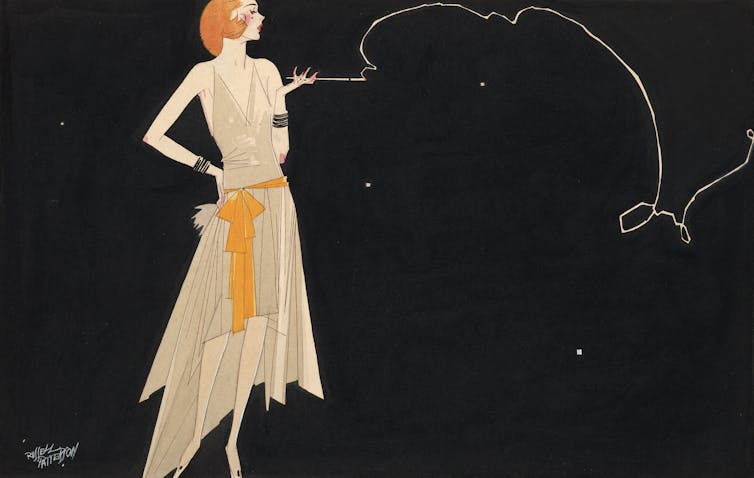
While some places remain mired in the third wave of the pandemic, others are taking their first tentative steps towards normality. Since April 21, Denmark has allowed indoor service at restaurants and cafes, and football fans are returning to the stands. In countries that have forged ahead with the rollout of vaccines, there is a palpable sense of optimism. And yet, with all this looking forward, there is plenty of uncertainty over what the future holds. Articles on what the world will look like post-pandemic have proliferated and nations worldwide are considering how to recover financially from this year-long economic disaster. Almost exactly a hundred years ago, similar conversations and preparations were taking place. In 1918, an influenza pandemic swept the globe. It infected an estimated 500 million people — around a third of the world’s population at the time — in four successive waves. While the end of that pandemic was protracted and uneven, it was eventually followed by a period of dramatic social and economic change. The Roaring ‘20s — or “années folles” (“crazy years”) in France — was a period of economic prosperity, cultural flourishing and social change in North America and Europe. The decade witnessed a rapid acceleration in the development and use of cars, planes, telephones and films. In many democratic nations, some women won the right to vote and their ability to participate in the public sphere and labour market expanded. Parallels and differencesAs a historian of health care, I see some striking similarities between then and now, and as we enter our very own '20s it is tempting to use this history as a way of predicting the future. Vaccine rollouts have raised hope for an end to the COVID-19 pandemic. But they’ve also raised questions about how the world might bounce back, and whether this tragic period could be the start of something new and exciting. Much like in the 1920s, this disease could prompt us to reconsider how we work, run governments and have fun. However, there are some crucial differences between the two pandemics that could alter the trajectory of the upcoming decade. For one, the age-profile of the victims of the influenza pandemic was unlike that of COVID-19. 
The 1918 flu — also called the Spanish flu — predominantly affected the young, whereas COVID-19 has mostly killed older people. As a result, fear probably refracted through the two societies in different ways. Young people have certainly been affected by the COVID-19 pandemic: the virus has posed a threat to those with underlying health conditions or disabilities of all ages, and some of the variants have been more likely to affect younger people. A year of lockdowns and shelter-in-place orders has had a damaging effect on mental and emotional health, and young people have experienced increased anxiety. Read more: COVID-19’s parallel pandemic: Why we need a mental health 'vaccine' However, the relief of surviving the COVID-19 pandemic might not feel quite the same as that experienced by those who made it through the 1918 influenza pandemic, which posed an immediate risk of death to those in their 20s and 30s. 1918 vs. 2020Crucially, the 1918 flu came immediately after the First World War, which produced its own radical reconstitution of the social order. Despite the drama and tragedy of 2020, the changes we are living through now might be insufficient to produce the kind of social transformation witnessed in the 1920s. One of the key features of the Roaring '20s was an upending of traditional values, a shift in gender dynamics and the flourishing of gay culture. 
While the prospect of similar things happening in the 2020s might seem promising, the pandemic has reinforced, rather than challenged, traditional gender roles. There is evidence for this all over the world, but in the United States research suggests that the risk of mothers leaving the labour force to take up caring responsibilities at home amounts to around US$64.5 billion per year in lost wages and economic activity. When most people think of the Roaring '20s they probably call to mind images of nightclubs, jazz performers and flappers — people having fun. But fun costs money. No doubt, there will be plenty of celebration and relief when things return to a version of normality, but hedonism will probably be out of reach for most. Young people in particular have been hard hit by the financial pressures of COVID-19. Workers aged 16-24 face high unemployment and an uncertain future. While some have managed to weather the economic storm of this past year, the gap between rich and poor has widened. Inequality and isolationismOf course, the 1920s was not a period of unadulterated joy for everyone. Economic inequality was a problem then just as it is now. And while society became more liberal in some ways, governments also enacted harsher and more punitive policies, particularly when it came to immigration — specifically from Asian countries. The Immigration Act of 1924 limited immigration to the U.S. and targeted Asians. Australia and New Zealand also restricted or ended Asian immigration and in Canada, the Chinese Immigration Act of 1923 imposed similar limitations. There are troubling signs that this might be the main point of similarity between then and now. Anti-Asian sentiment has increased and many countries are using COVID-19 as a way of justifying harsh border restrictions and isolationist policies. In our optimism for the future, we must remain alert to all the different kinds of damage the pandemic could cause. Just as disease can be a mechanism for positive social change, it can also entrench inequalities and further divide nations and communities. Agnes Arnold-Forster, Researcher, History of Medicine and Healthcare, McGill University This article is republished from The Conversation under a Creative Commons license. Read the original article.
TEA PORTRAIT - Details
a "teaser" preview - a larger video including the process is in the works
Video by Otto Rapp - Music by Frederick J Benjamin - "World Jam 2" - free music from Pixabay
This is a short teaser about my fantasy drawing, showing details only. See the full drawing here on EasyZoom in high resolution
This work was especially created for the Sulamith Wülfing Exhibition and Book project. More about it:
Sulamith Wülfing - eine Vorschau - a sneak preview |
OTTO RAPPThis blog is primarily art related - for my photography please go to Archives
April 2024
Categories
All
|
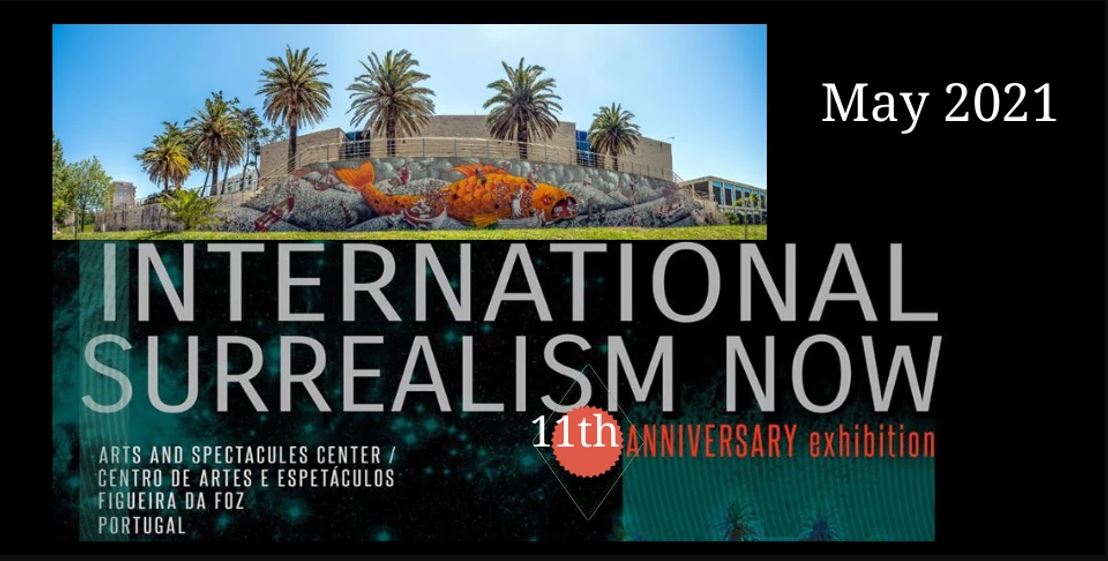
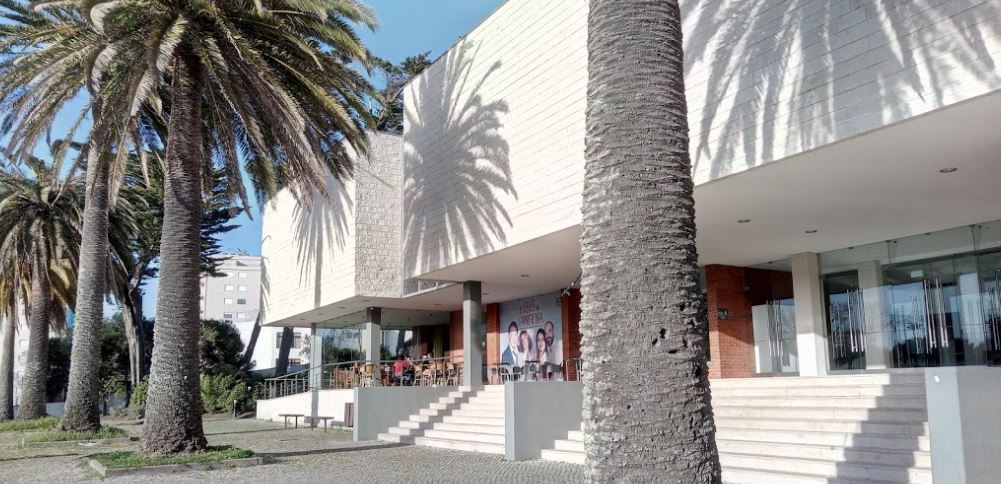
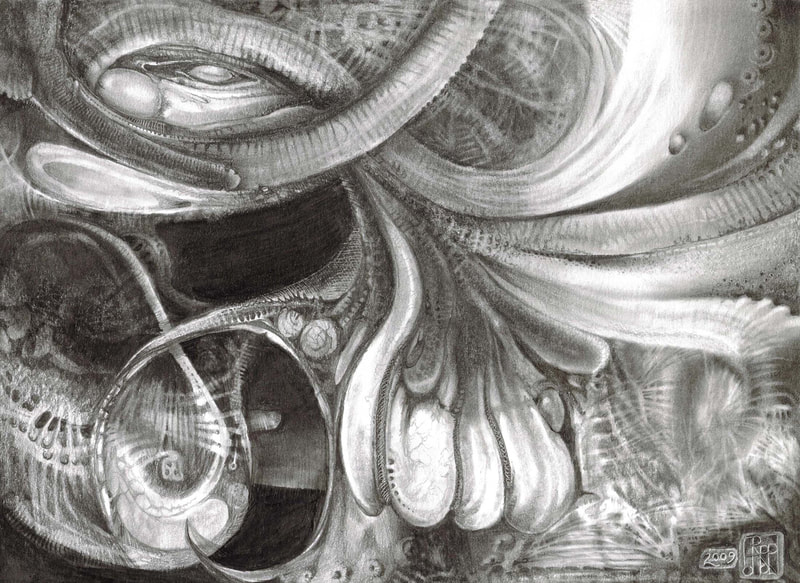
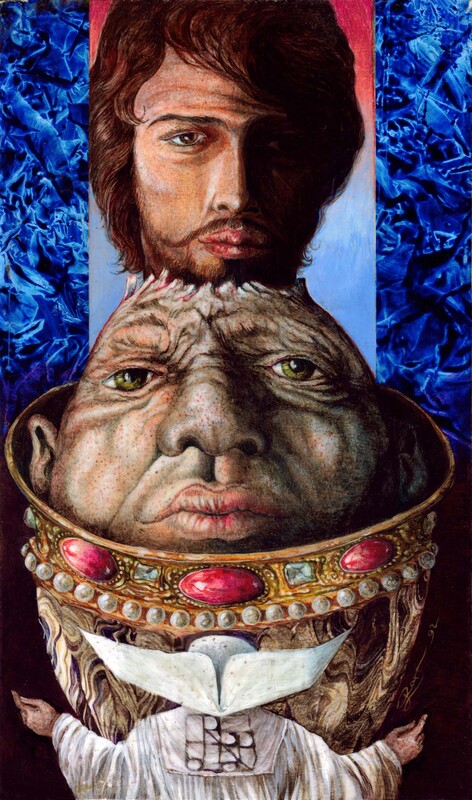
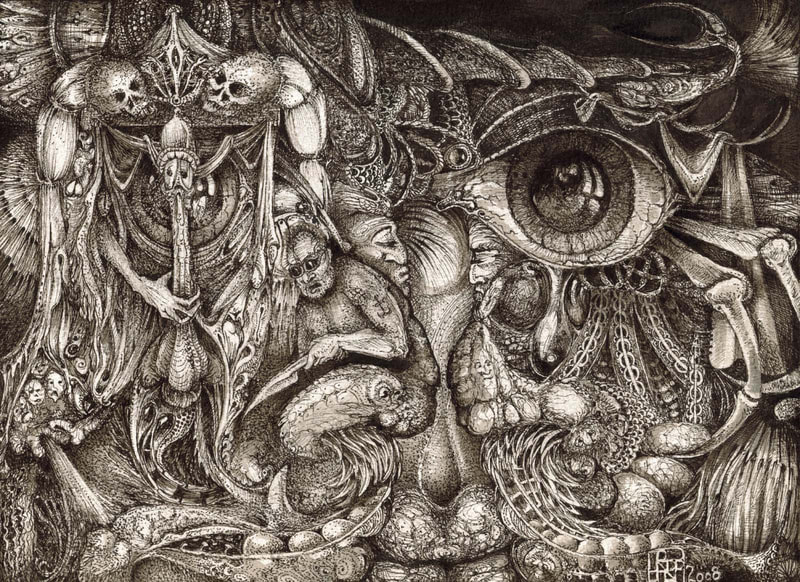
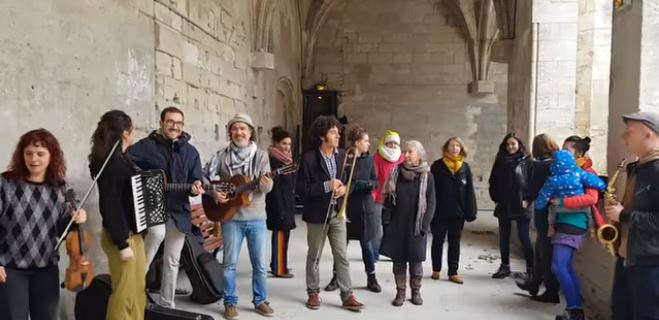
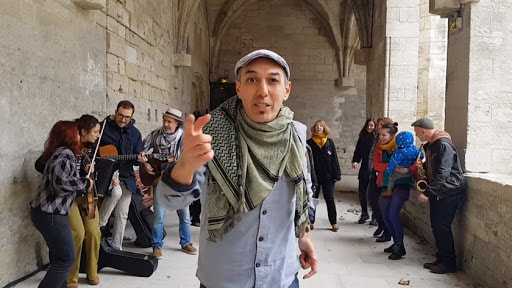


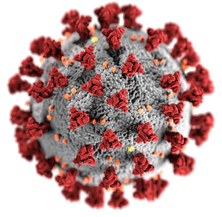

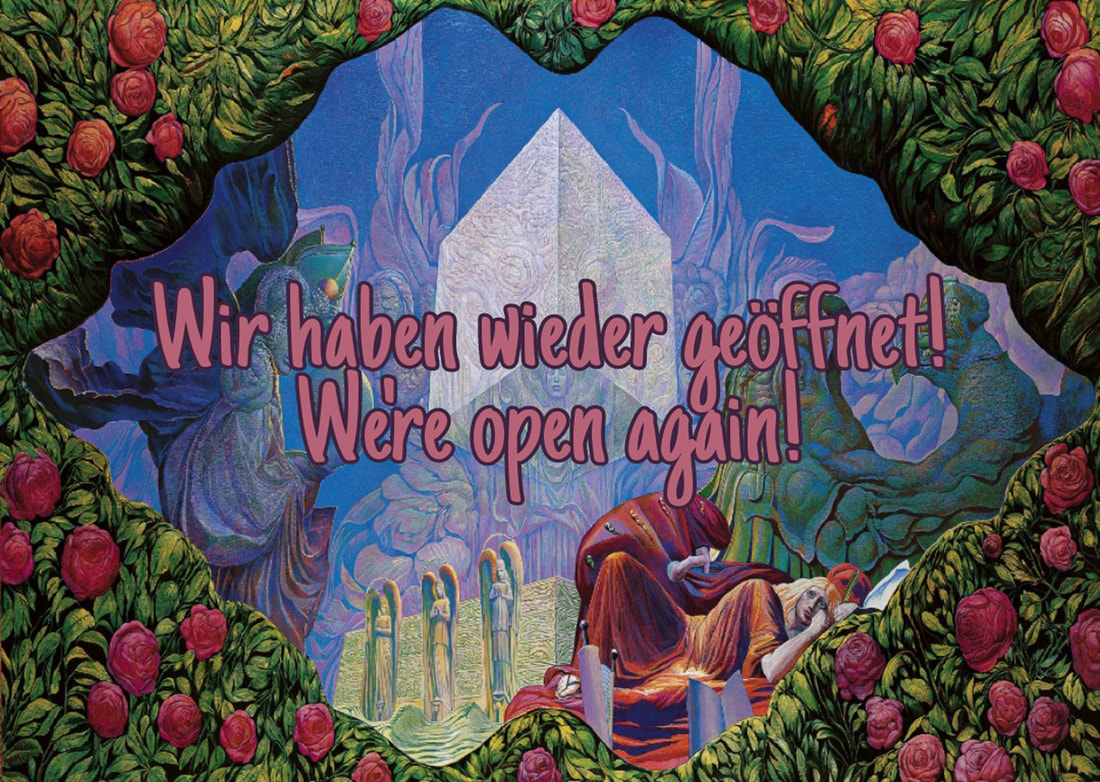







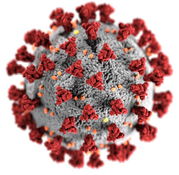
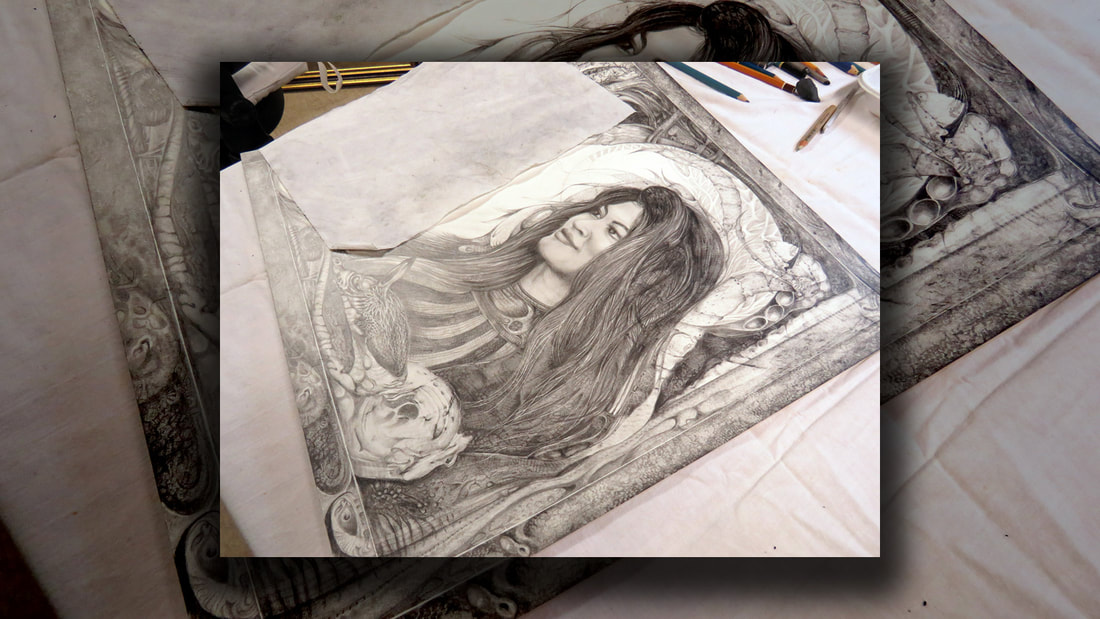
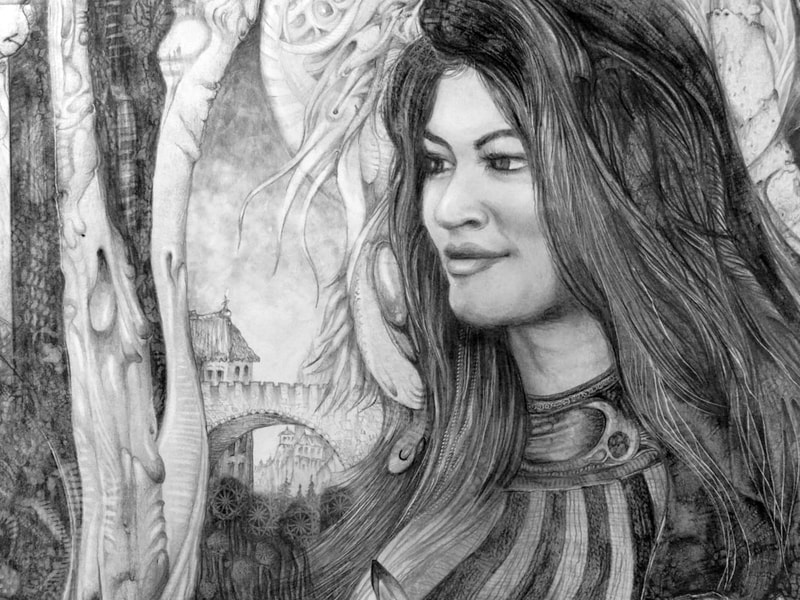
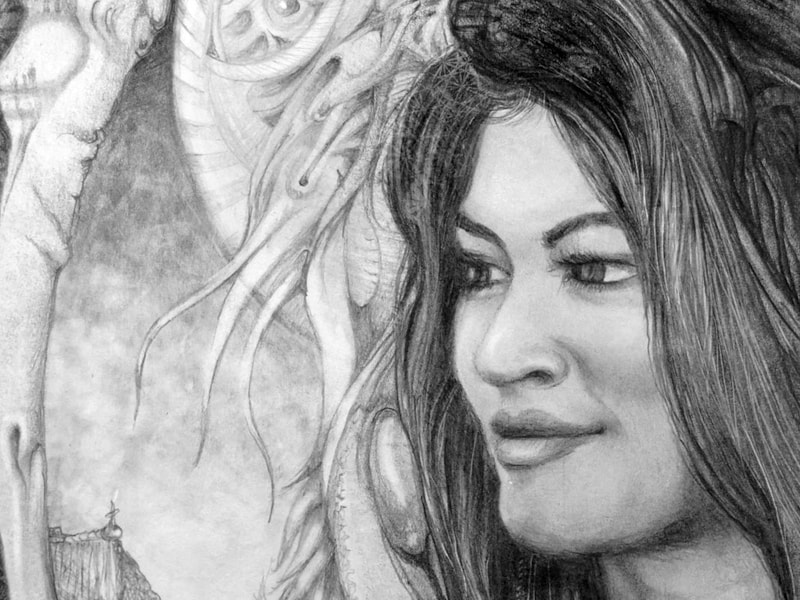
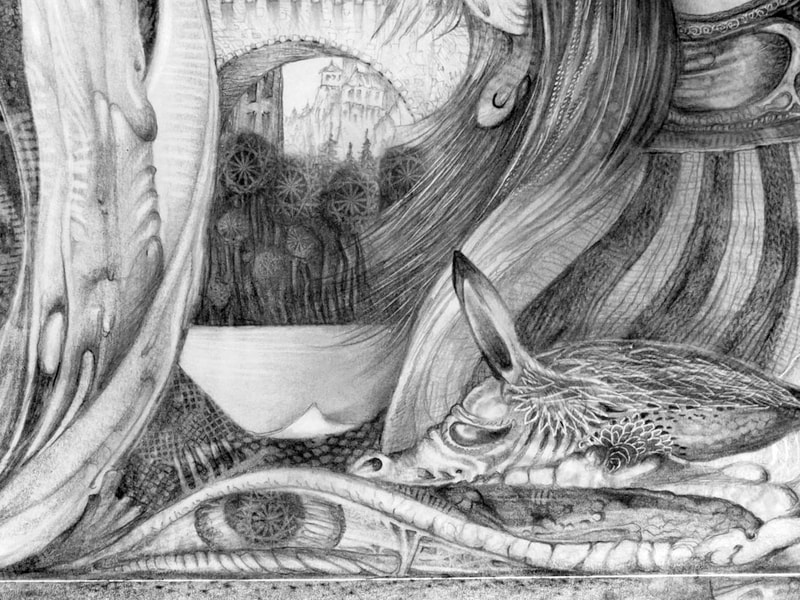
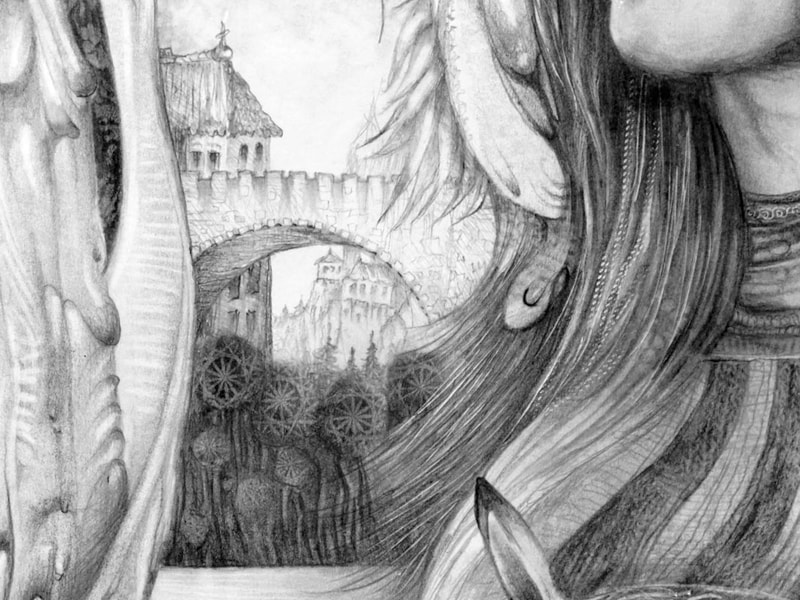
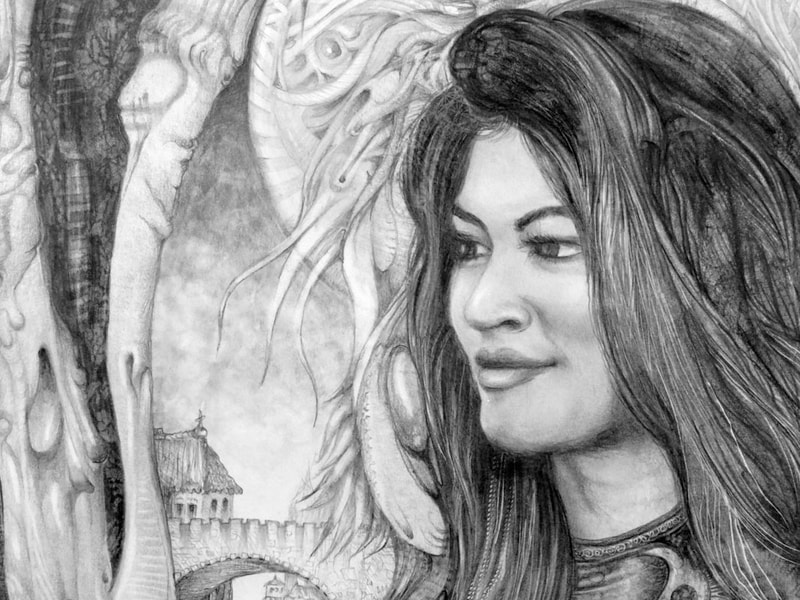
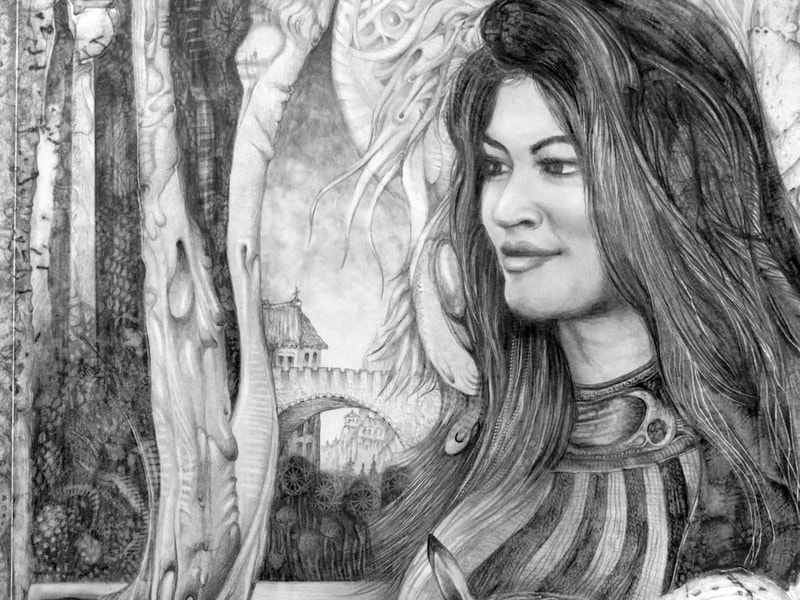
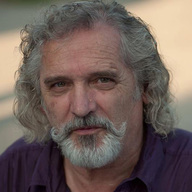
 RSS Feed
RSS Feed



















































